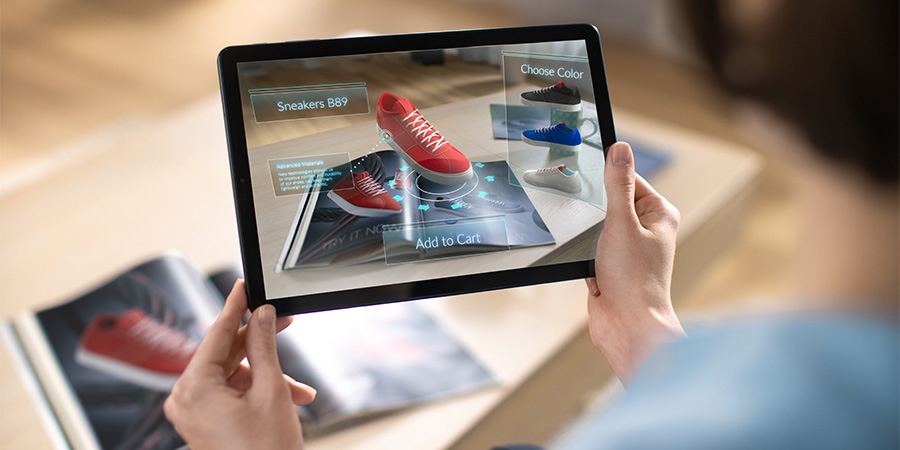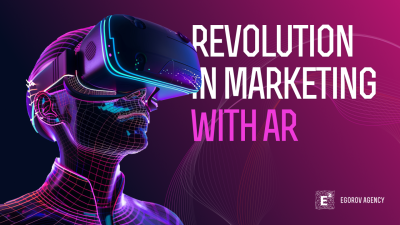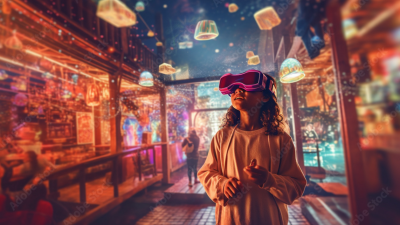As augmented reality reshapes how we interact with the world, a concerning pattern emerges. While we celebrate technological breakthroughs, a potentially troubling division forms on the horizon: the augmented divide.
This divide represents more than simple access to devices. It embodies a fundamental split in how people experience reality itself. Those with AR access will navigate an information-rich world vastly different from those without it.
Unlike previous technological gaps, the augmented divide alters our fundamental perception of environment and opportunities. The implications stretch far beyond convenience into education, employment, and social connection.
The risk of creating two distinct classes—the augmented and the unaugmented—demands our attention now, before these divisions become entrenched and normalized in our society.
Beyond Device Access: The Multidimensional Divide
The augmented divide operates across several dimensions simultaneously, making it more complex than previous digital gaps. Understanding these layers helps identify where interventions will prove most effective.
Hardware accessibility represents the most obvious barrier. Premium AR glasses and devices remain prohibitively expensive for many communities, creating an immediate split between those who can and cannot augment their reality.
Connectivity requirements further widen this gap. AR experiences typically demand robust, high-speed internet connections that remain unavailable or unaffordable in many regions, particularly rural and economically disadvantaged areas.
Digital literacy poses another significant hurdle. Even with physical access, navigating AR interfaces requires technical skills that vary widely across age groups, educational backgrounds, and cultural contexts.
Perhaps most concerning, content relevance often reflects existing societal biases. AR experiences predominantly cater to affluent urban users, overlooking the needs and contexts of diverse populations.
Real-World Implications of the Divide
The consequences of this divide will manifest across numerous domains of daily life, potentially reinforcing existing inequalities while creating entirely new ones.
In educational settings, students with AR access gain immersive learning experiences that dramatically outperform traditional methods. Without intervention, this creates an achievement gap based not on ability but on augmentation access.
Professional opportunities increasingly depend on AR proficiency. As workplaces adopt these technologies, employment becomes tied to one’s ability to function in augmented environments, disadvantaging qualified candidates without AR experience.
Public spaces themselves will feel fundamentally different depending on augmentation status. From navigation assistance to historical context and service access, unaugmented individuals experience a comparatively information-poor environment.
Social dynamics face disruption when some participants see an enriched reality while others perceive only unenhanced surroundings. This creates communication barriers and potential exclusion from shared experiences.
Health and safety information delivered through AR channels during emergencies could create dangerous disparities in access to critical guidance and resources when they matter most.
Early Warning Signs Already Visible
Though widespread AR adoption remains emerging, concerning indicators already suggest the direction of this divide without intervention.
Early AR applications predominantly target affluent early adopters, with content and use cases reflecting their priorities rather than broader social needs. This establishes problematic foundations for the ecosystem.
The geographical concentration of AR development in tech hubs means creators often lack diverse perspectives, inadvertently designing for users similar to themselves rather than the general population.
Corporate AR initiatives understandably prioritize commercial applications and monetization over accessibility and inclusion. Without counterbalancing forces, market dynamics alone won’t prevent a widening divide.
Data from related technologies like smartphones and VR reveals persistent access gaps along economic, age, and geographical lines. These patterns will likely intensify with AR’s more immersive and transformative nature.
Ethical Frameworks for Equitable Augmentation
Addressing the augmented divide requires establishing ethical principles specifically tailored to this unique technological transition.
Universal reality access emerges as a foundational concept—the idea that certain basic augmentations should be available to everyone, regardless of economic status. This parallels universal service provisions in utilities and telecommunications.
Transparent reality represents another crucial principle. Users should always understand when their reality is being augmented, by whom, and for what purpose. Manipulation through undetected augmentation creates particularly dangerous divides.
Reality sovereignty—the right to control how one’s environment is augmented—must be preserved for all users regardless of their economic or social status. Premium features shouldn’t equate to surrendering autonomy.
As we discuss at AR Marketing Tips, these frameworks must balance innovation with inclusion, ensuring advancement doesn’t come at the cost of leaving vulnerable populations behind.
Technical Solutions to Bridge the Gap
Various technical approaches can help minimize the augmented divide when implemented thoughtfully and consistently.
Tiered hardware strategies allow basic AR functionality through affordable devices while premium experiences require more sophisticated equipment. This creates an accessibility spectrum rather than a binary divide.
Open standards and interoperability ensure users aren’t locked into specific ecosystems, promoting competition while enabling lower-cost alternatives to connect with mainstream content.
Edge computing reduces bandwidth requirements by processing AR data locally when possible, making augmented experiences more accessible in areas with limited connectivity.
Offline functionality ensures basic augmentations remain available without constant high-speed connections, preventing complete exclusion during connectivity gaps.
Progressive enhancement principles from web development can be adapted to AR, where core functionality works on minimal hardware while additional features activate on more capable devices.
Policy Interventions Worth Considering
Technical solutions alone cannot address the augmented divide without supportive policy frameworks that prioritize inclusion.
Public infrastructure investments in both digital and physical systems provide the foundation for equitable AR access. This includes expanded broadband and the integration of AR-compatible markers in public spaces.
Educational curriculum updates ensure all students develop “augmentation literacy” regardless of home access to devices. This prevents perpetuating advantages based solely on family resources.
Regulatory frameworks could require certain essential AR services be made available through lower-cost channels, similar to universal service requirements in other utilities.
Tax incentives and grants supporting inclusive AR development encourage creators to design for diverse audiences and needs rather than exclusively focusing on premium markets.
Community access programs like AR libraries could provide temporary device access, ensuring those without personal devices can still benefit from critical augmentations.
Corporate Responsibility in AR Development
Companies driving AR innovation bear particular responsibility for ensuring their technologies don’t exacerbate social divides.
Inclusive design methodologies that consider diverse users from initial concept through execution help prevent solutions that unintentionally exclude portions of the population.
Subsidized access programs similar to those used for essential medicines could make AR hardware available at reduced costs for qualifying individuals and organizations.
Public benefit applications developed alongside commercial uses demonstrate commitment to ensuring AR benefits extend beyond affluent markets.
Diverse development teams with varied backgrounds and perspectives naturally create more inclusive solutions by drawing on broader life experiences during the design process.
Transparency about exclusionary limitations helps users and communities understand who might be left out of specific augmented experiences, driving accountability for improvement.
Community-Based Approaches to Inclusion
Local initiatives often prove most effective at addressing specific community needs while building augmentation literacy in contextually appropriate ways.
AR literacy programs through libraries, community centers, and schools introduce these technologies to populations who might otherwise lack exposure and training.
Community ownership models where neighborhoods develop and maintain shared AR layers ensure augmentations reflect local priorities rather than outside assumptions.
Participatory design processes invite diverse stakeholders into AR development, ensuring varied perspectives inform solutions before they reach market.
Cultural preservation initiatives use AR to strengthen rather than override local traditions, demonstrating how augmentation can enhance rather than homogenize community identity.
The Path Forward: Integrated Solutions
Preventing the augmented divide requires coordinated efforts across technological, policy, and social domains—no single approach suffices alone.
Multi-stakeholder coalitions bringing together technologists, policymakers, educators, and community representatives create more robust and widely supported solutions.
Longitudinal research tracking augmentation gaps helps identify emerging divides early when intervention proves most effective. This research must measure not just device access but experiential differences.
Global knowledge sharing ensures successful inclusion strategies spread quickly across regions, preventing reinvention and accelerating equity worldwide.
By approaching the augmented divide proactively rather than reactively, we can shape technologies still in development before inequitable patterns become locked in and resistant to change.
The augmented reality revolution offers unprecedented opportunities to enhance human capability. With thoughtful design, policy, and community engagement, we can ensure these benefits extend to everyone—creating not a divided reality but an enriched shared experience that truly fulfills technology’s promise.





